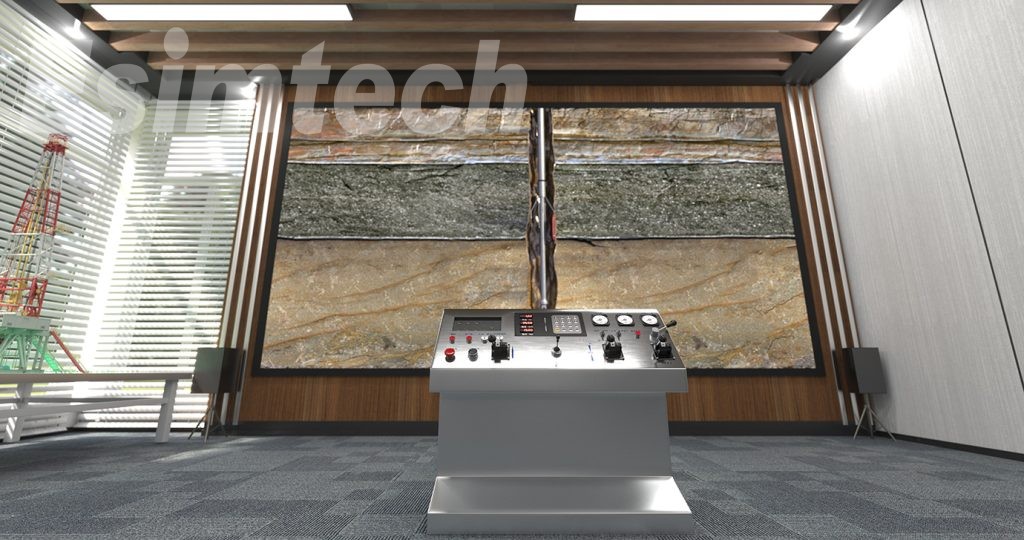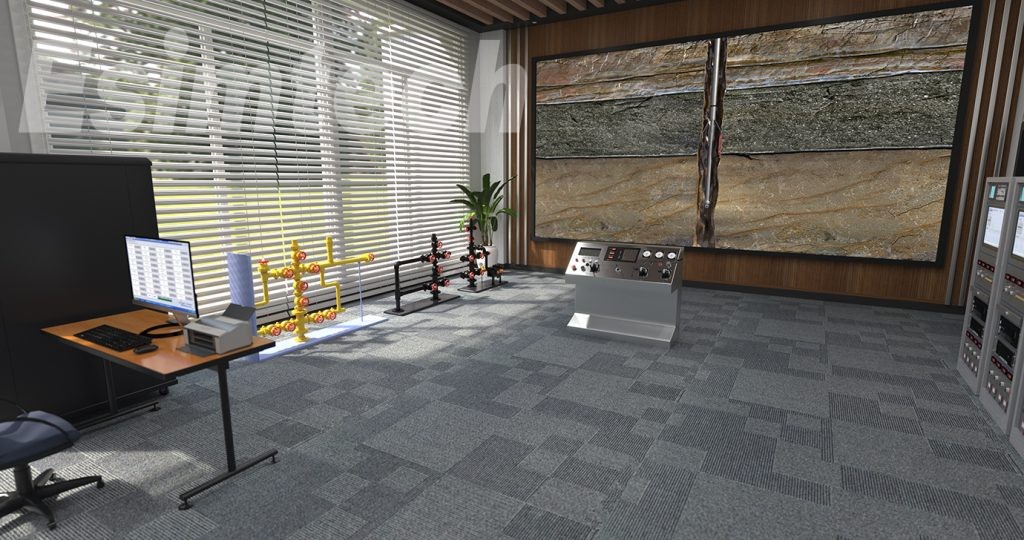What are Well Logging Simulators in Energy Industry: Characteristics and Substantial Impacts
The significance of well logging, a technique used to measure and record properties of rocks and fluids in a wellbore, is on the rise within the energy industry. Well logging simulators have revolutionized this process by providing virtual platforms for simulating and analyzing downhole measurements. In this article, we will explore well logging simulators, their characteristics, and their substantial impact on the energy industry.

Understanding Well Logging Simulators
Well logging simulators are advanced computer models that replicate the behavior of downhole measurements and the underlying subsurface formations. These simulators employ intricate algorithms rooted in physics, geology, and engineering principles to simulate and predict logging responses. They enable energy companies to execute virtual well logging exercises, assess alternative logging equipment and techniques, and gain valuable insights into reservoir characteristics by generating a digital representation of the wellbore and the surrounding formation.
Modeling Logging Tools
Simulators precisely model the physics and measurements of various logging tools, including gamma-ray, resistivity, neutron porosity, and sonic tools. These models account for factors like tool shape, sensor response, and interactions with the formation, allowing engineers to replicate the behavior of specific logging tools and assess their performance in diverse geological contexts.
Formation Modeling
Well logging simulators include accurate simulations of subsurface formations, encompassing aspects such as rock types, lithology, porosity, and fluid saturation. These models incorporate complex geological variations, enabling engineers to simulate various scenarios, comprehend formation characteristics, and evaluate their impact on logging responses. Companies can make informed decisions regarding reservoir properties and optimize resource extraction strategies by analyzing these simulated measurements.
Calibration and Validation
Simulators facilitate the calibration and validation of logging responses by comparing simulated results with real field data. This process ensures that the simulation models faithfully represent downhole measurements and offer reliable insights into reservoir properties. Through validation, companies can build confidence in the accuracy of the simulators and effectively utilize them for data interpretation and reservoir characterization.
Scenario Analysis
Engineers can utilize well logging simulators for scenario analysis, simulating different logging scenarios under varying conditions. By modifying logging tool parameters, wellbore conditions, or reservoir characteristics, companies can assess the impact of various variables on logging responses. This approach aids in optimizing logging procedures, identifying formation characteristics, and reducing uncertainty in reservoir evaluation.

The Profound Impact of Well Logging Simulators on the Energy Industry
Cost Optimization
Well logging simulators help organizations optimize their logging strategies and reduce field operation costs. By conducting virtual well logging exercises, companies can evaluate different logging equipment and methodologies, identify the most efficient ones, and optimize the deployment of actual logging tools in the field. This minimizes the need for additional trips and reduces the risk of failed logging runs, resulting in substantial cost savings.
Enhanced Data Interpretation
Engineers can use well logging simulators to assess logging results and extract relevant information about reservoir features. By simulating various scenarios and analyzing the simulated observations, companies can enhance their understanding of formation parameters such as porosity, permeability, and fluid saturation. This improved data interpretation leads to more accurate reservoir modeling, resource assessment, and decision-making.
Improved Reservoir Characterization
Well logging simulators play a crucial role in reservoir characterization, providing precise information about subsurface formations. Engineers can assess formation attributes, analyze reservoir heterogeneity, and identify potential production zones by modeling logging responses. This data is essential for optimizing well placement, developing completion procedures, and maximizing hydrocarbon recovery from reservoirs.
Risk Mitigation
Well logging simulators aid in mitigating risks associated with reservoir appraisal and resource extraction. Companies can assess uncertainties and hazards related to various logging scenarios by modeling logging responses. This enables them to identify potential issues, formulate suitable contingency plans, and reduce overall risk in reservoir development and production activities.
Training and Skill Development
Well logging simulators serve as valuable training and skill development platforms for industry personnel. They offer a safe and controlled environment for engineers to practice and enhance their logging interpretation skills, especially as the complexity of logging tools and procedures increases. This results in a more knowledgeable workforce and enables the effective use of logging data for reservoir evaluation.
In Summary
Well logging simulators are instrumental in uncovering subsurface information and ensuring effective resource extraction within the energy industry. They can provide precise reservoir characterization, efficient well logging strategies, and improved decision-making by offering virtual platforms to replicate logging responses.
- Art
- Causes
- Crafts
- Dance
- Drinks
- Film
- Fitness
- Food
- Spellen
- Gardening
- Health
- Home
- Literature
- Music
- Networking
- Other
- Party
- Religion
- Shopping
- Sports
- Theater
- Wellness


